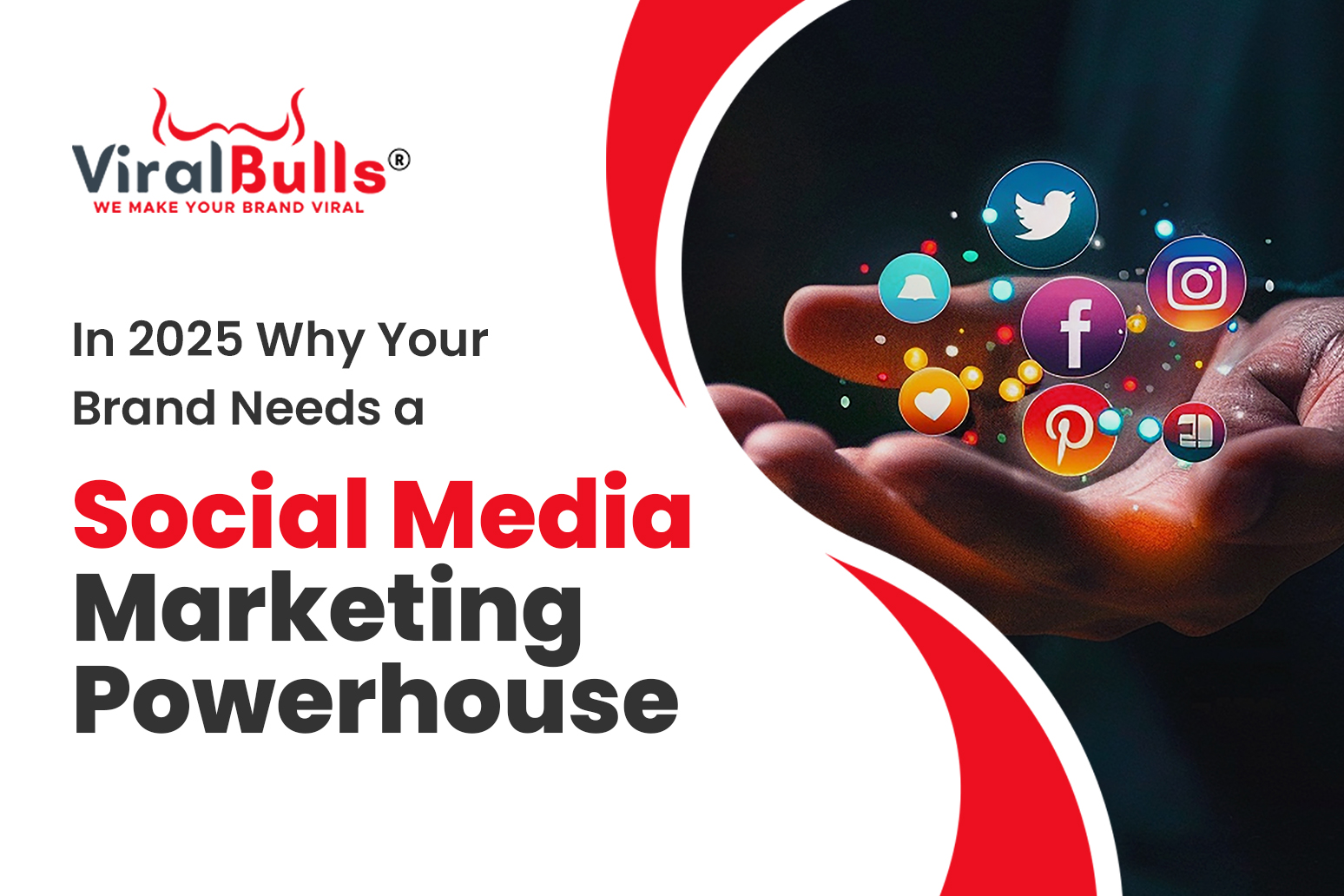
In this article, we explore the tips and best practices for harnessing the power of social media advertising. Discover how to create engaging content, target the right audience, choose the appropriate platforms, and monitor your campaign’s performance.
Social media advertising has become a key component of marketing strategies for businesses worldwide. It provides an opportunity to reach a vast audience, engage with potential customers, and drive conversions. In this article, we will delve into the world of social media advertising and explore the best practices to help you leverage its power effectively.
Introduction
The way companies advertise on social media has completely changed how they market their goods and services. It offers unparalleled reach and targeting capabilities with billions of users across various platforms. However, to harness the full potential of social media advertising, it is crucial to employ the right strategies and best practices. This article will provide valuable insights and actionable tips to help you make the most of your social media advertising campaigns.
What is Social Media Advertising?
The use of social media platforms to market goods, services, or brands is referred to as social media advertising. It involves creating and distributing compelling advertisements to target specific audiences based on their demographics, interests, and behaviours. The objectives include increasing brand recognition, driving website traffic, and producing leads or sales.
The Benefits of Social Media Advertising
Social media advertising offers numerous benefits for businesses seeking to expand their reach and connect with potential customers. Some of the key advantages include:
1. Increased Brand Exposure: Social media platforms provide access to billions of users worldwide, allowing businesses to showcase their brand to a vast audience.
2. Precise Audience Targeting: Social media advertising enables precise targeting based on demographics, interests, behaviours, and even location, ensuring your ads are shown to the most relevant audience.
3. Cost-Effective Advertising: Compared to traditional advertising channels, social media advertising can be more cost-effective, allowing businesses with varying budgets to engage in effective marketing campaigns.
4. Enhanced Engagement and Interactivity: Social media platforms encourage user engagement through likes, comments, shares, and direct messages, providing an opportunity for businesses to interact with their audience directly.
5. Measurable Results and Analytics: Social media advertising platforms offer comprehensive analytics and reporting tools, allowing businesses to track the performance of their campaigns and make data-driven decisions.
Types of Social Media Advertising Platforms
Several social media platforms offer advertising capabilities, each with its unique features and advantages. Let’s examine a few of the well-known platforms and their advantages:
1. Facebook Advertising
l
With over 2.8 billion monthly active users, Facebook is the largest social media platform, making it an excellent choice for advertisers. Facebook’s advertising platform provides sophisticated targeting options, ad formats, and powerful analytics tools.
2. Instagram Advertising
As a visual-centric platform, Instagram offers a compelling opportunity for businesses to showcase their products and engage with their target audience. With over 1 billion active users, Instagram allows for highly visual and engaging ad formats.
3. Twitter Advertising
Twitter provides a unique platform for real-time conversations and engagement. Its advertising platform allows businesses to promote their products, drive website traffic, and boost brand awareness through promoted tweets, accounts, and trends.
4. LinkedIn Advertising
LinkedIn is a platform for business networking, making it perfect for B2B marketing. Its advertising solutions allow businesses to target professionals based on their industry, job title, skills, and more.
5. YouTube Advertising
With over 2 billion logged-in monthly users, YouTube is a powerful platform for video advertising. Its various ad formats, including in-stream and video discovery ads, enable businesses to effectively reach and engage their target audience.
Selecting the Best Platform for Social Media Advertising
When deciding which social media advertising platform to use, it’s essential to consider your target audience, campaign objectives, and budget. Each platform offers unique features and advantages, so selecting the right one will ensure maximum impact and return on investment (ROI) for your advertising efforts.
Targeting Your Audience
Effective audience targeting is crucial for the success of your social media advertising campaigns. By understanding your target audience’s demographics, interests, and behaviours, you can create highly tailored ads that resonate with them. To effectively target your audience, follow these crucial steps:
1. Define Your Ideal Customer: Develop buyer personas that represent your target audience. Consider their age, gender, location, interests, challenges, and motivations.
2. Utilize Social Media Insights: Leverage the audience insights provided by social media platforms to better understand your audience’s demographics, interests, and behaviours.
3. Segment Your Audience: Divide your target audience into segments based on common characteristics. This allows you to create personalized ad campaigns that resonate with specific segments.
4. Refine Your Targeting Over Time: Continuously monitor and analyze the performance of your campaigns. Refine your targeting based on the data and insights you gather to optimize your results.
Crafting Compelling Advertisements
Creating engaging and compelling advertisements is crucial for capturing your audience’s attention and driving them to take action. Here are some tips to help you craft effective social media ads:
1. Know Your Unique Selling Proposition (USP): Clearly define what sets your products or services apart from the competition. Highlight your USP in your ads to attract attention and generate interest.
2. Use Eye-Catching Visuals: Incorporate visually appealing images or videos that align with your brand identity and resonate with your target audience. High-quality visuals can significantly enhance engagement.
3. Write Persuasive Ad Copy: Craft concise and persuasive ad copy that communicates the value of your offering. Use clear and compelling language, focusing on the benefits for your audience.
4. Include a Strong Call to Action (CTA): Prompt your audience to take action by including a clear and compelling CTA in your ads. Encourage them to click, sign up, buy, or engage with your brand in some way.
5. Test and Iterate: Continuously test different ad variations, including visuals, ad copy, CTAs, and targeting. Analyze the performance of each variation and refine your ads based on the data to improve results over time.
Best Practices for Social Media Advertising
To maximize the effectiveness of your social media advertising campaigns, it’s important to follow best practices. Here are some important advice to bear in mind:
1. Define Your Goals and Objectives: Clearly define what you want to achieve with your social media advertising campaigns. Whether it’s brand awareness, lead generation, or driving sales, align your efforts with specific goals.
2. Know Your Target Audience: Conduct thorough market research to understand your target audience’s demographics, interests, and behaviours. Tailor your ads to resonate with their preferences and motivations.
3. Set a Realistic Budget: Determine your advertising budget based on your goals, target audience size, and the platform you choose. Be realistic about your budget to ensure sustainable and effective campaigns.
4. Create Engaging Content: Develop compelling content that captivates your audience and encourages them to take action. Use storytelling, visuals, and personalized messaging to make your ads more engaging.
5. Utilize Visual Elements: Incorporate visually appealing images, videos, and infographics to capture attention and convey your message effectively. Visual content often performs better and drives higher engagement.
6. Use User-Generated Content: Inspire the creation and sharing of content about your brand by your audience. User-generated content can enhance credibility, authenticity, and engagement with your target audience.
7. Monitor and Analyze Performance: Regularly monitor the performance of your social media advertising campaigns. Analyze key metrics, such as click-through rates, conversions, and ROI, to identify areas for improvement.
8. Stay Updated with Trends and Changes: Social media platforms and advertising trends evolve continuously. Stay informed about new features, updates, and changes in algorithms to adapt your strategies accordingly.
Conclusion
Harnessing the power of social media advertising requires a strategic approach, careful targeting, and compelling content. Following the tips and best practices outlined in this article can elevate your social media advertising campaigns and achieve your marketing objectives. Stay informed, experiment, and adapt your strategies as the social media landscape evolves. With a well-executed social media advertising strategy, you can effectively reach and engage your target audience, drive brand awareness, and boost conversions.






